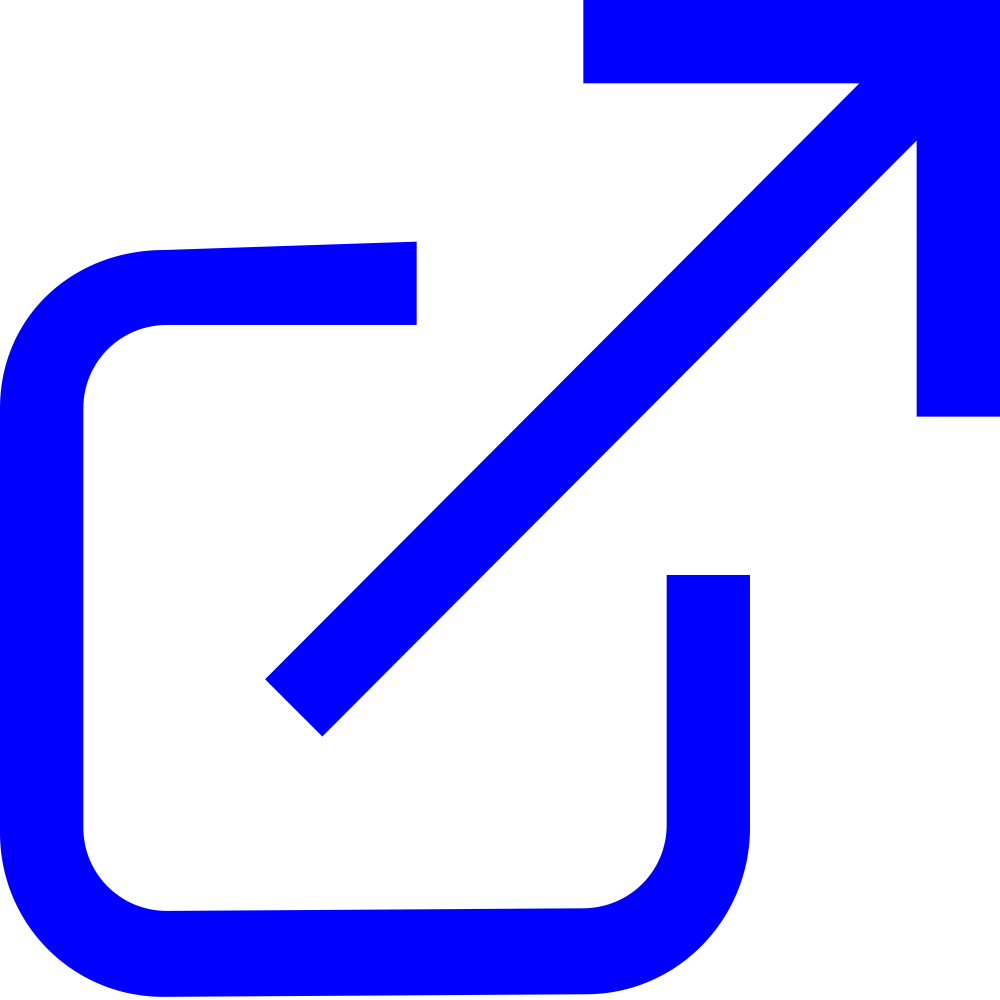Introduction
Welcome to The Word on College Reading and Writing! Have you ever wished for a handy guide that would steer you in the right direction through all of your reading and writing assignments? This text aims to be that kind of guide. Written by five college reading and writing instructors, this interactive, multimedia text draws from decades of experience teaching students who are entering the college reading and writing environment for the very first time. It includes examples, exercises, and definitions for just about every reading and writing related topic you will encounter in your college courses.
How the Text is Organized
The text is organized into two major parts. Part 1 is titled “Working with Texts” and emphasizes building strong reading skills and how to work with texts that you need to use in completing college reading and writing assignments. Part 2, titled “Writing,” is all about, well, writing. This half of the text covers a variety of topics including determining the audience and purpose for your writing assignments, getting started, drafting, working with sources, revising, and more. While navigating through the text, you’ll notice that the major part of the text you’re working within is identified at the top of the page. We hope this helps you to navigate between sections and subsections and to understand the relationships between them.
How Should You Use This Text?
This is a use-it-as-you-need-it kind of text. In other words, you don’t have to read every word from beginning to end. Instead, skip around using the table of contents to find answers to your questions or to do exercises that will improve your reading and writing skills. You might find it useful to have this text with you as you’re doing reading and writing assignments because confusion will happen, questions will come up, and we’re here to help when you need it most.
 Resources to Accompany This Text
Resources to Accompany This Text
For a growing list of instructor and student resources to accompany this text, visit www.oercommons.org/authoring/50171-the-word-for-instructors/1/view. At this site, we are in the process of building a repository of various materials to aid instructors in using this text and in teaching courses at this level of college reading and writing. We plan to include sample syllabi and assignments, supplemental readings, additional exercises and activities (in addition to those we offer in this text), multimedia materials, and more.
Please check back regularly, as we have plans to add new materials as we gather them.
Gendered and Gender-Neutral Language
As you read, you may notice that we use a variety of pronouns such as she/her, he/him, or they/them to refer to a person we’re discussing. Our goal is to represent all people, regardless of gender, and to do so in a balanced way. Therefore, in some paragraphs, we may designate “she” as the pronoun, while in others “he” will stand in for the person being written about. However, you’ll also come across “they” being used as a singular pronoun, which may be confusing at first. The pronoun “they” allows a single person to represent any gender, including those genders that aren’t accurately represented by “he” and “she.” It’s important to consider gender-neutral language in your own writing, so we wanted to make sure we modeled what that looks like in this text.
Links and References in Online and Print Versions of This Text
The online text includes links, but we’ve used specific language to allow readers of the print version to find the same pages within the text or outside resources. For example, in the “Summarizing a Text” section, we mention an external text in this sentence: “In his essay, “Consider the Lobster,” writer David Foster Wallace asks readers to consider the ethical implications of feasting on lobsters. (You can find a copy of this essay online at Gourmet.com.)” If you’re using the print version of this text, you can find that David Foster Wallace essay by doing a web search using the title, author, and website like this: “consider the lobster david foster wallace gourmet.com.” If you’re looking for a page within this text that we’ve linked to, go to the Table of Contents, and look for the title of the relevant section there.
Note to teachers: Make sure you provide a heads up for potential students using the print version so they can access web resources.
Acknowledgements
Most creative endeavors are better off when folks collaborate, sharing their various skills and insights, making the finished product a better version of what was originally imagined. This text is no different.
We would like to thank the fearless peer reviewers—Laura Joyce, Brenda Marks, David Mount, and Lisa Nielson—whose detailed suggestions, critiques, and compliments made this text much improved and gave us courage to move forward.
Thanks also to Amy Hofer whose support, both through the grant that made this work possible and through her vast knowledge of all things related to Open Educational Resources, was everpresent.
We were also supported by an important cast of characters at Clackamas Community College who were there to answer questions and provide encouragement including Jil Freeman, Ann Boisselle, Sheila Baack, Sarah Nolan, and Daisy Calvert.
Finally, we would also like to thank Daniel Lemke. His knowledge of CSS and HTML5, coupled with his support through the design process, were instrumental in helping us make the final product look good and function properly.
The five authors who set off on this journey together are incredibly lucky to know each other and to get to work together on a regular basis, making this project a delight, even when it was a challenge in the midst of all of life’s other obligations.
Making something new out of an idea isn’t easy, but help is all around. We are grateful for all that we’ve received.

